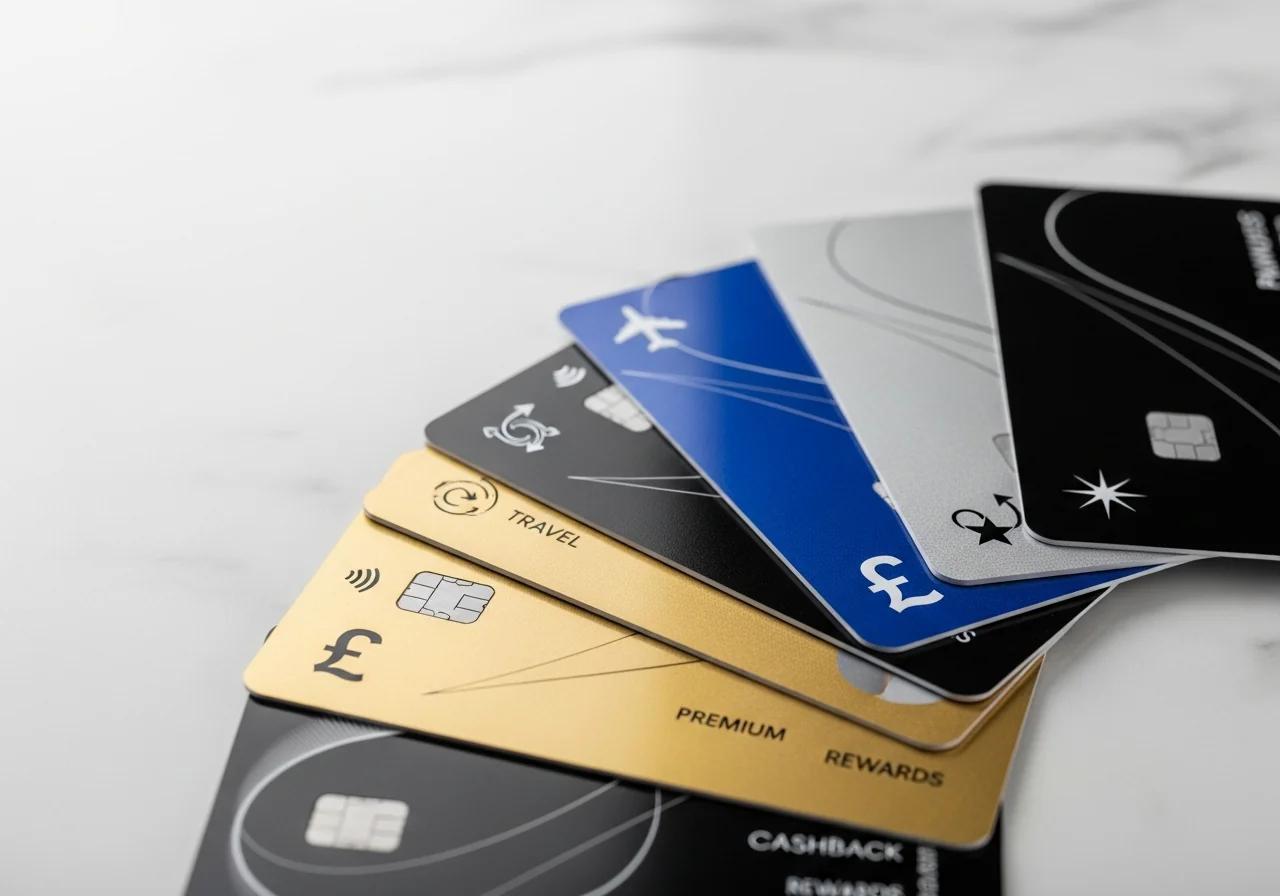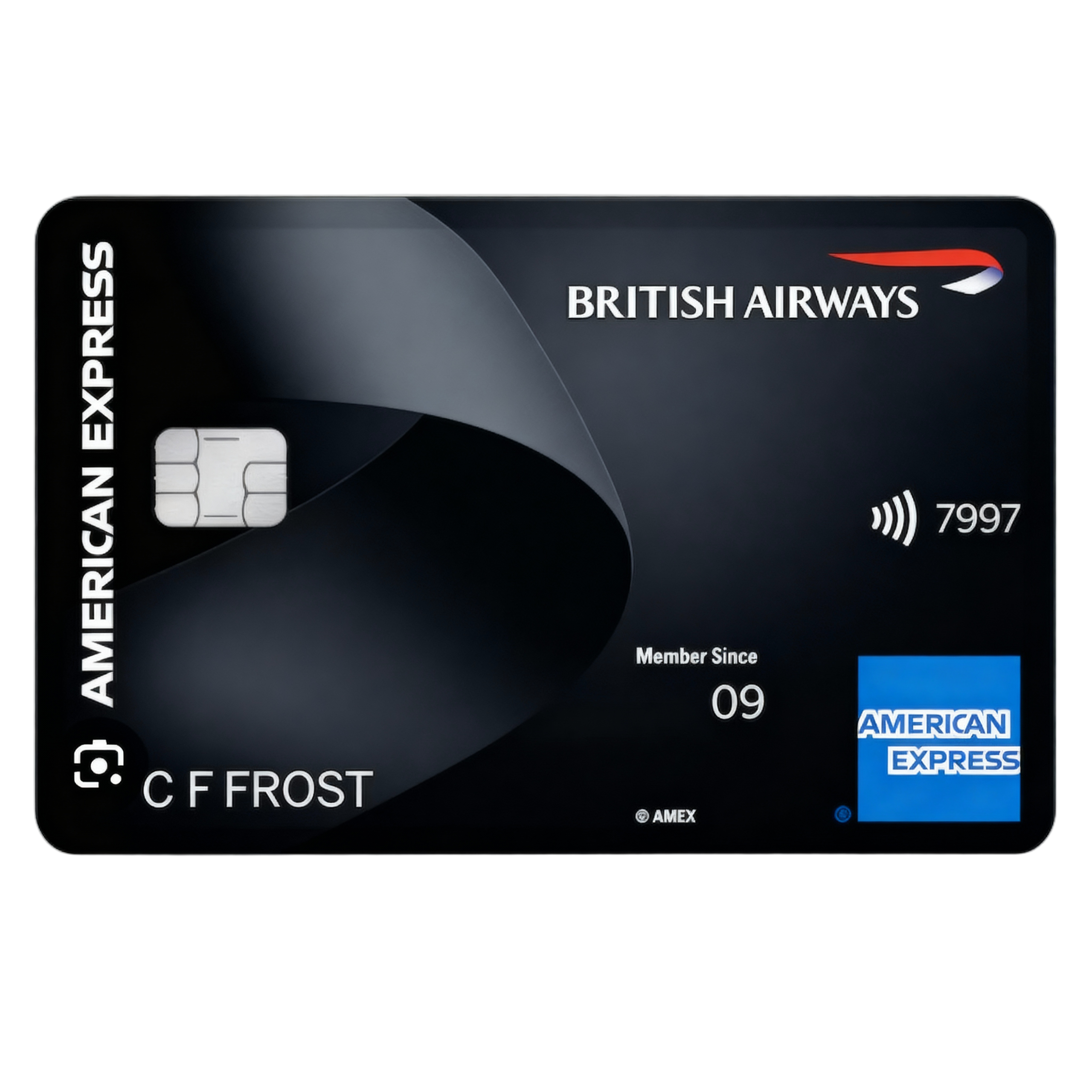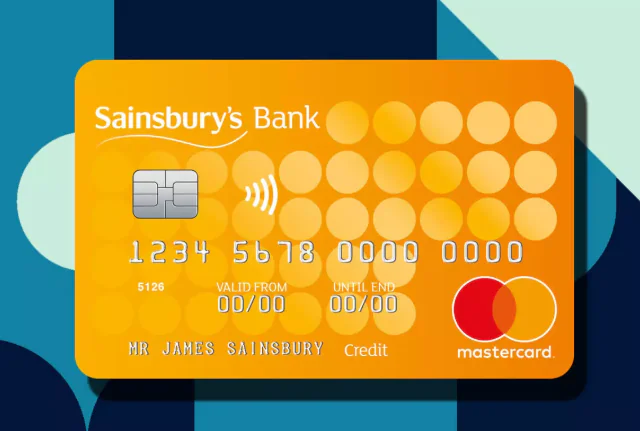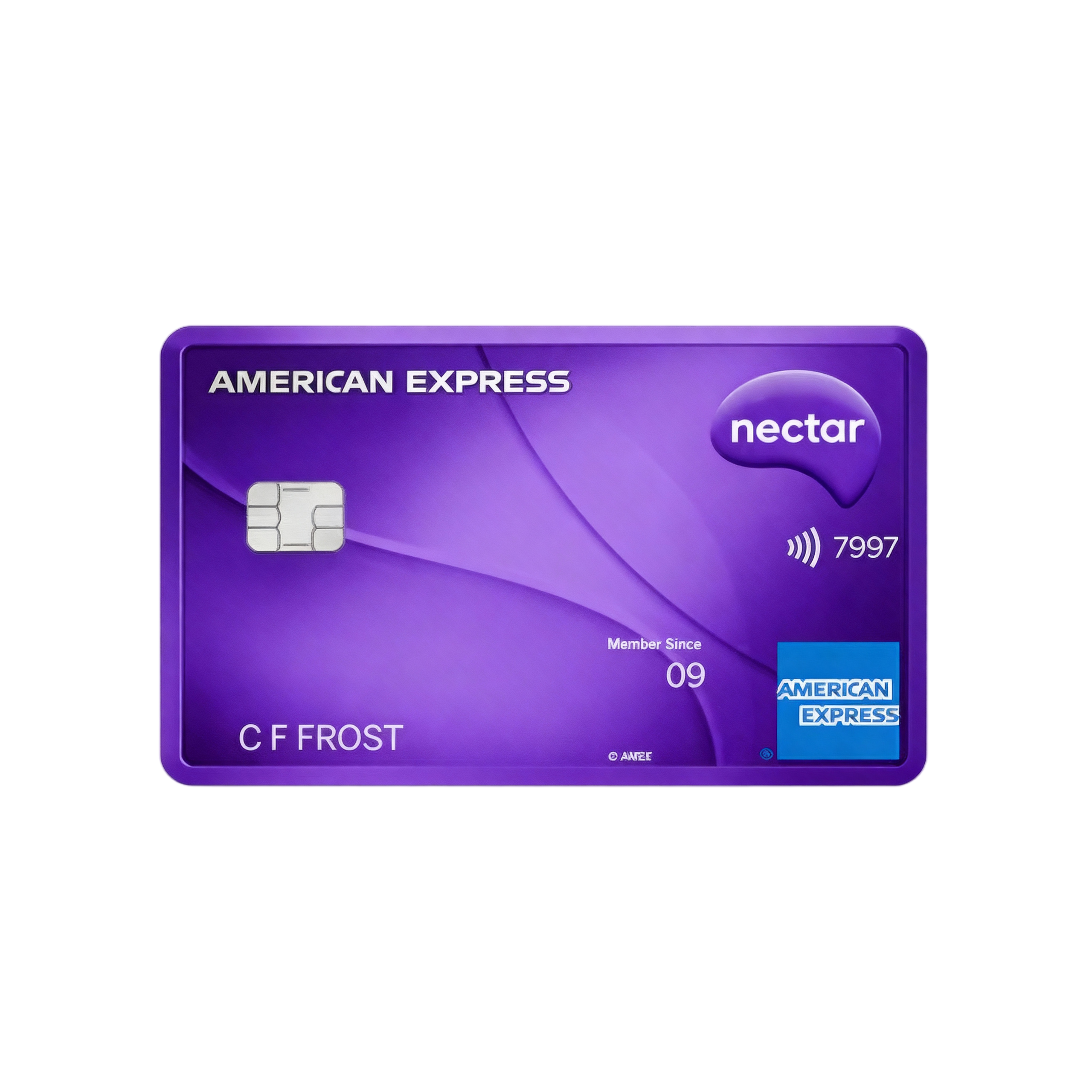If a lender has said “not this time” before, it’s easy to lose momentum. The Aqua Classic Credit Card is meant to give you a cleaner starting line: a simple card for day-to-day spending that helps you show steady, on-time repayments over time.
This guide explains what the card is, who it may suit, typical costs and features, and the small habits that tend to move the needle.

More About Credit Cards
Below, we’ll share articles related to this topic. So, read on:The aim isn’t to push you into anything, just to help you decide whether Aqua Classic fits your plan. If it does, always double-check the current terms on Aqua’s site before you apply.
What the Aqua Classic actually is
Aqua Classic is a credit-builder card issued under the Aqua brand by NewDay (NewDay Ltd/NewDay Cards Ltd, authorised and regulated by the FCA). It’s built for people whose credit history isn’t spotless — or is just a bit thin — and who want a straightforward way to show good behaviour: sensible use, low balances, and payments that land on time.
It’s a practical tool rather than a perks machine: chip & PIN, contactless, an app to keep an eye on things, and standard card security. The Representative APR is 34.9% (variable) and Aqua states there’s no annual fee on the Classic product. Rates, limits and specific terms are personalised.
Eligibility
Aqua generally considers UK residents aged 18+, and decisions are subject to status and affordability. If you’re unsure where you stand, Aqua’s SafeCheck gives a quick soft search — a look at your likely eligibility without affecting your credit score. If you go ahead with a full application, expect a hard search.
In practice, you’ll usually be asked about income, employment and the last three years of address history. Recent serious credit issues can still affect the outcome, so the soft check is a low-stress way to gauge your chances first.
How to apply
- Start with SafeCheck on Aqua’s site to see if you may be eligible without leaving a mark on your file.
- If that looks positive, complete the full form with your address history (3 years) and income/employment details.
- Take a minute with the offer. Look over the APR, any fees and the provisional limit so you know what you’re agreeing to.
- If you accept and are approved, download the Aqua app, switch on spend alerts, and set a Direct Debit (even if it’s just the minimum to protect your payment history). You can add the card to your mobile wallet if you like.
Most people get an online outcome fairly quickly. The card itself is posted after approval and usually turns up soon after.
Costs and features
Because Aqua Classic is built for credit building, the cost of borrowing is higher than on many mainstream cards — common for this type of product. The trick is to keep interest to a minimum by paying on time and, where possible, in full.
- Representative APR: 34.9% (variable).
- Annual fee: None for Aqua Classic.
- Foreign use: a 2.95% non-sterling transaction fee usually applies to purchases abroad.
- Cash withdrawals: expect extra fees and interest from the day you take the cash.
- Tools & security: app controls, spend alerts and standard fraud monitoring.
Before you accept anything, read your pre-contract information so you’re clear on what applies to you.
Using the card to build credit (small habits, big impact)
If you only remember three things, go with these:
- Automate payments. Set up a Direct Debit so at least the minimum goes out on time, every time.
- Keep your utilisation low. A simple rule of thumb is well under 30% of your limit — lower is usually better.
- Use it little and often. A couple of predictable purchases each month, then clear the balance, helps you build a tidy pattern.
Extra pointers that help in the background:
- Pay more than the minimum whenever you can; clearing in full avoids interest.
- Keep an eye on your credit file for mistakes and progress.
- Give it time. Many people notice movement after 3–6 months of neat usage, though timelines vary.
- Ask for a review later. After a run of on-time payments and sensible use, some customers may be offered a limit review (not guaranteed).
How does Aqua Classic stack up?
There are other UK cards aimed at credit building. They differ in APRs, fees, starting limits, app experience and how they look at affordability. If you’re comparing:
- Use soft-search eligibility tools first (so you’re not stacking up hard checks).
- Compare total cost (including foreign and cash fees).
- Think about day-to-day usability (app, alerts, budgeting).
- Consider your next step once your profile improves.
If Aqua’s “no annual fee + soft check + simple controls” mix fits your plan, it’s a reasonable place to start.
Common pitfalls (and how to dodge them)
- Maxing the limit — try to leave headroom.
- Missing a due date — keep the Direct Debit on and set reminders.
- Withdrawing cash — generally pricey; avoid unless it’s essential.
- Firing off lots of applications at once — multiple hard searches can set you back.
- Closing too quickly — if the card isn’t costing you, account age and available credit can help your profile.
Bottom line
It’s not a magic switch for your credit. Used steadily — small balances, bills paid on time, the same routine month after month — it can help you build the kind of track record lenders tend to feel comfortable with.
If that sounds like a fit, have a look at Aqua’s latest terms, run the soft check first, and only go ahead when you’re sure you’ll be in charge of the card — not the other way round.








